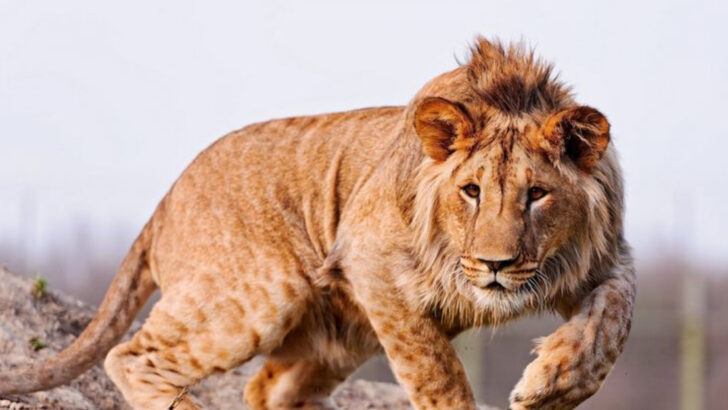Some of the animals roaming the planet today didn’t even exist a century ago.
Let that sink in. We’re not talking about undiscovered species—we’re talking brand-new creatures born from human tinkering, shifting ecosystems, and the wild chaos of evolution in fast-forward.
From fish that thrive in polluted canals to hybrid beasts bred in labs and farms, these animals are nature’s latest plot twist. Some are adorable. Some are terrifying. All of them are reminders that life doesn’t sit still.
You’re about to meet 20 animals that would’ve made zero sense to your great-grandparents—and might still make your jaw drop today.
Killer Bee
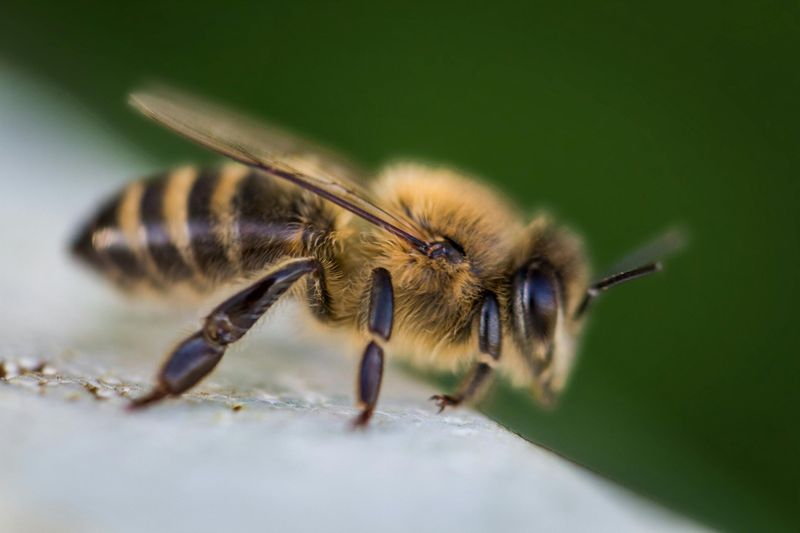
Killer bees, a hybrid of European and African honey bees, were unintentionally created in the 1950s. Known for their aggressive behavior, these bees have spread across the Americas. Unlike their docile counterparts, killer bees defend their hives vigorously.
Their resilience and adaptability have allowed them to thrive in various environments. They pose challenges for beekeepers and researchers alike. Despite their fearsome reputation, they play an important role in pollination.
Their rapid spread is a testament to nature’s unpredictability and the unintended consequences of human intervention.
Wolffish Hybrid
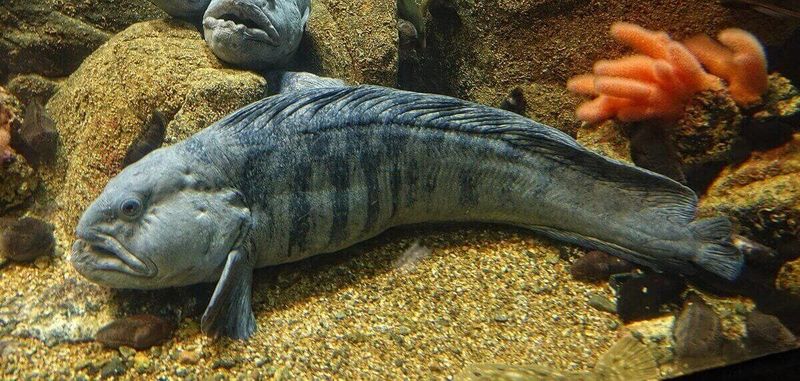
The wolffish hybrid, resulting from the interbreeding of different wolffish species, is an intriguing example of natural adaptation. This fish, found in the North Atlantic, is known for its powerful jaws and formidable teeth, which it uses to crack open shellfish.
These hybrids exhibit a blend of traits from their parent species, making them uniquely suited to their environment. Their ability to thrive in cold waters illustrates evolutionary innovation.
This hybridization showcases the dynamic nature of marine life and the endless possibilities of adaptation.
Coywolf
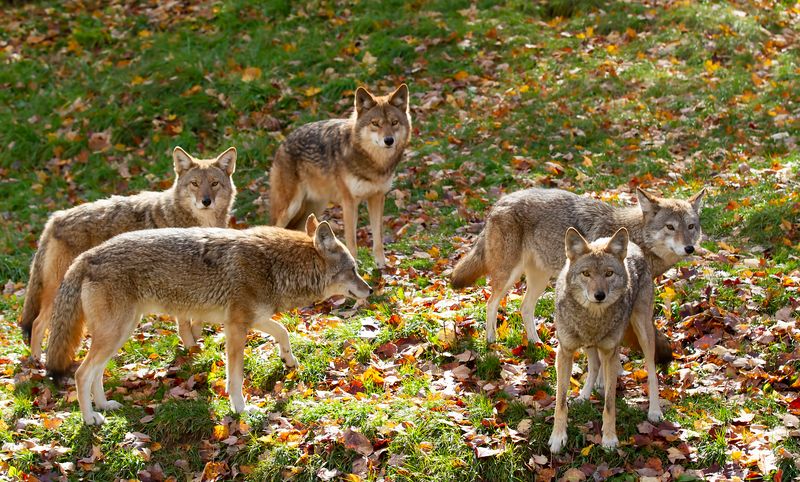
The coywolf is a fascinating blend of coyote and wolf, appearing primarily in North America. This hybrid animal combines the adaptability of coyotes with the social structure of wolves.
Coywolves have become adept at surviving in urban environments, thriving in cities and suburbs. Their versatile diet and behavioral flexibility enable them to exploit a variety of habitats.
The emergence of the coywolf demonstrates the fluid boundaries of species and the unexpected outcomes of ecological interactions.
Liger
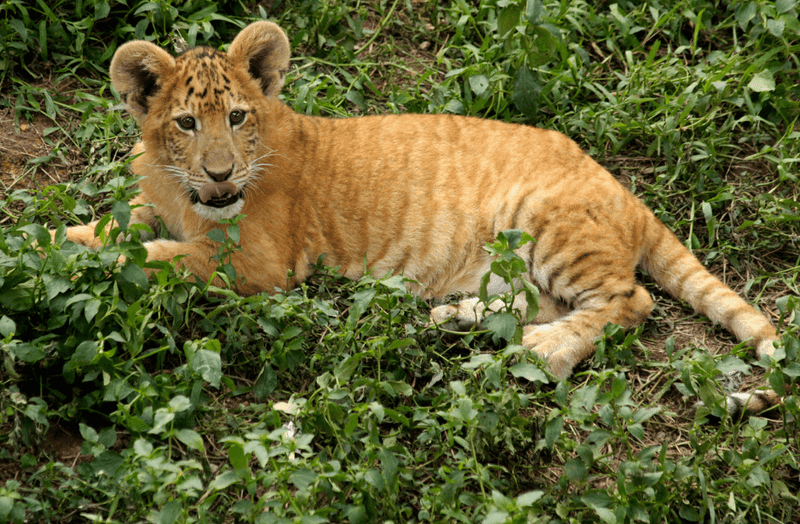
The liger, a cross between a male lion and a female tiger, is known as the largest of all the big cats. These hybrids are bred in captivity and do not occur naturally in the wild.
Ligers often possess a gentle temperament, despite their imposing size. Their unique appearance combines traits from both parent species, such as a lion’s mane and a tiger’s stripes.
This fascinating hybrid raises questions about conservation ethics and the role of human intervention in wildlife.
Zorse
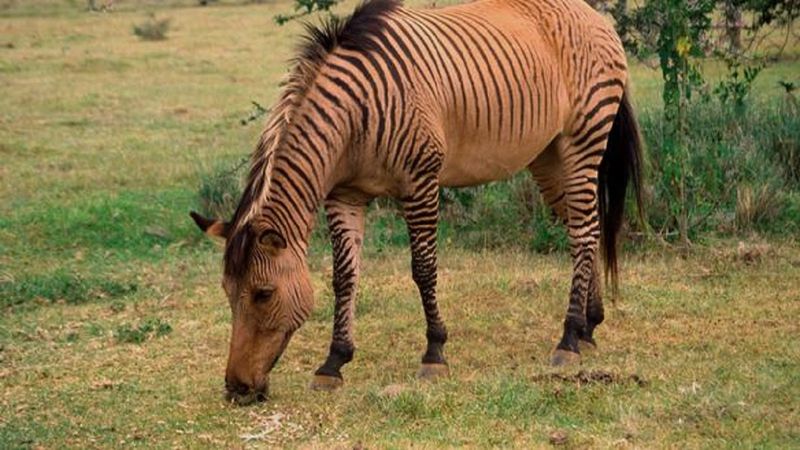
The zorse, a hybrid of a zebra and a horse, combines the distinct traits of both animals. These hybrids are typically bred for novelty rather than practical purposes, as they inherit the zebra’s striped pattern and the horse’s build.
Zorses are often sterile, a common trait among hybrids, which limits their population growth.
Their existence highlights the complexity of genetics and the unpredictable outcomes of crossbreeding. Despite their striking appearance, zorses remain a rarity in the animal kingdom.
Savanah Cat
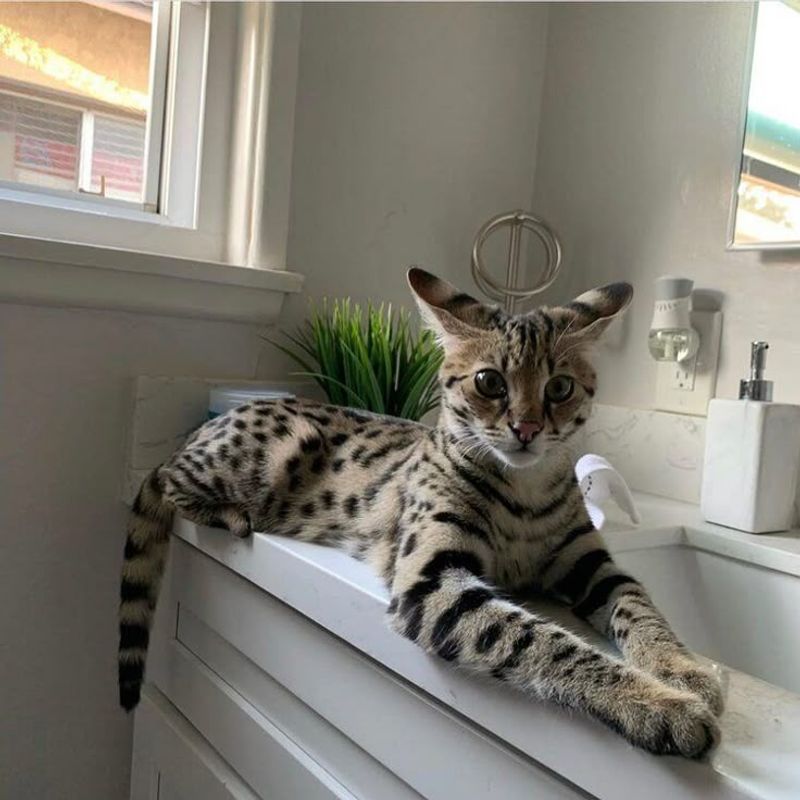
The savannah cat, a cross between a domestic cat and a serval, captivates with its exotic appearance and energetic nature. Bred for its wild look, this feline retains the grace and agility of its serval ancestry.
Known for its playful demeanor, the savannah cat requires ample space and stimulation. Its unique coat patterns and large ears make it a sought-after pet among enthusiasts.
This breed exemplifies the allure and challenges of domesticating wild traits.
Cama
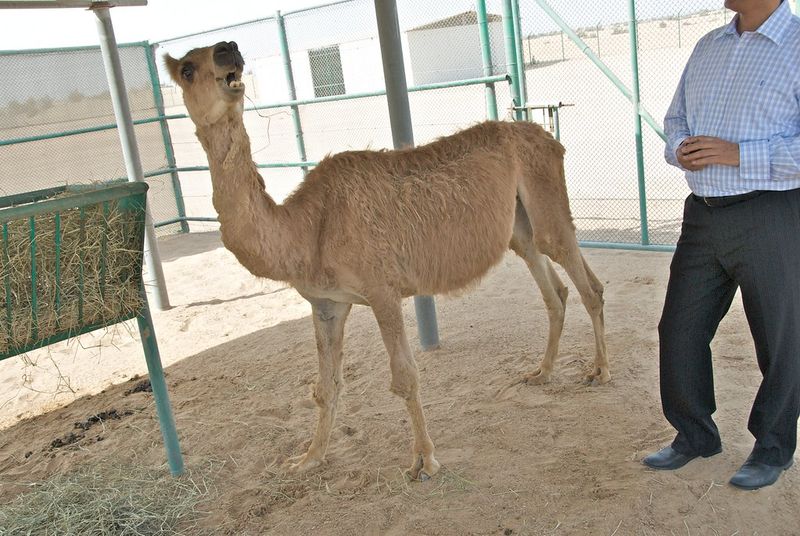
The cama, a rare hybrid of a camel and a llama, was first bred in the late 20th century. This animal aims to combine the size and strength of a camel with the fleece quality of a llama.
Camas are a product of artificial insemination, as these species do not naturally interbreed. They possess a calm temperament and are well-suited to arid environments.
Their creation reflects human curiosity and the desire to blend desirable traits from different species.
Grolar Bear
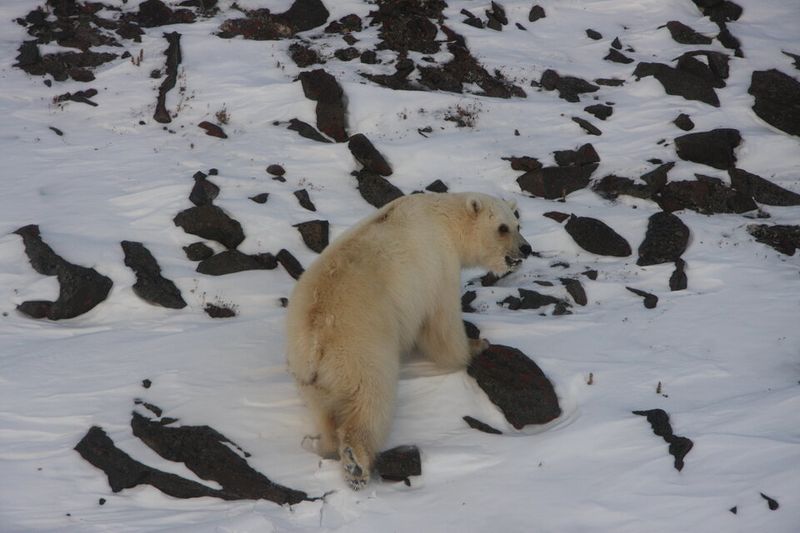
The grolar bear, a hybrid of a grizzly bear and a polar bear, embodies the intersection of two distinct worlds. These hybrids occur naturally in the wild, primarily in regions where the habitats of the two species overlap.
Grolar bears exhibit a mix of physical traits, such as a polar bear’s white fur and a grizzly’s humped back. This combination provides insights into how climate change influences animal behavior and distribution.
Their existence underscores the impact of environmental shifts on wildlife.
Narluga
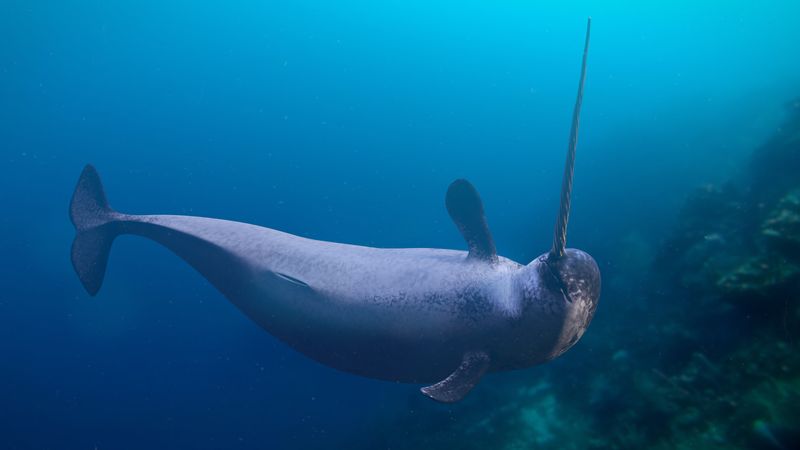
The narluga, a rare hybrid of a narwhal and a beluga whale, is found in Arctic regions. This intriguing creature combines the narwhal’s iconic tusk with the beluga’s playful demeanor.
Narlugas are believed to have arisen due to overlapping ranges and changing environmental conditions. They offer a unique perspective on the adaptability of marine mammals in response to shifting habitats.
These hybrids highlight the intricate web of life in the Arctic and the evolutionary surprises it holds.
Zonkey
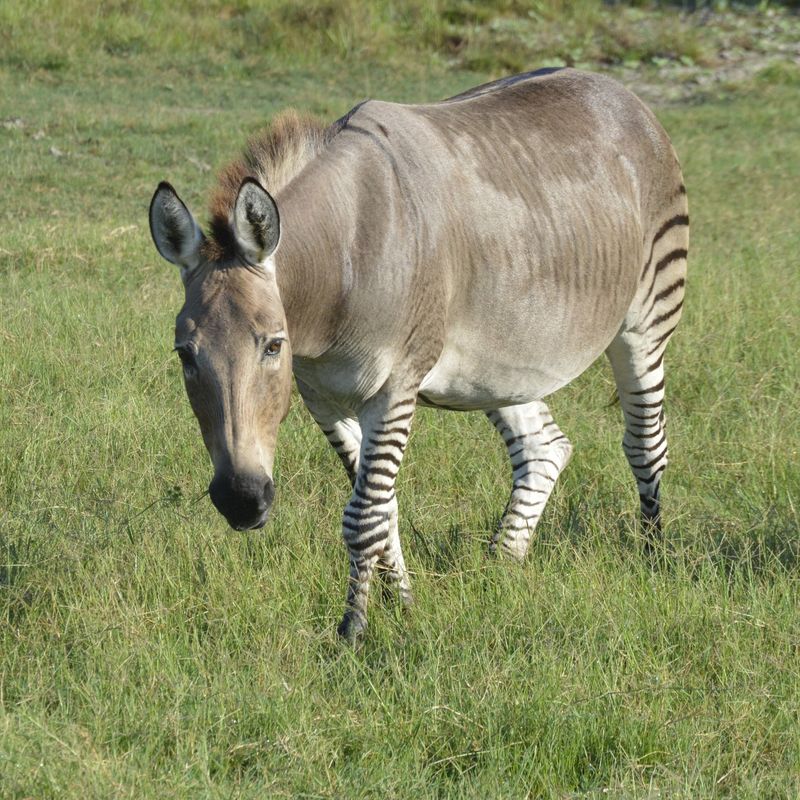
The zonkey, a cross between a zebra and a donkey, is another striking example of hybridization. With its distinctive striped legs and donkey-like stature, the zonkey captures attention wherever it goes.
These hybrids are generally born in captivity, as zebras and donkeys do not naturally interbreed. Zonkeys inherit traits from both parents, resulting in unique appearances and behaviors.
Their existence highlights the complexities of genetics and the allure of cross-species breeding.
Pizzly Bear
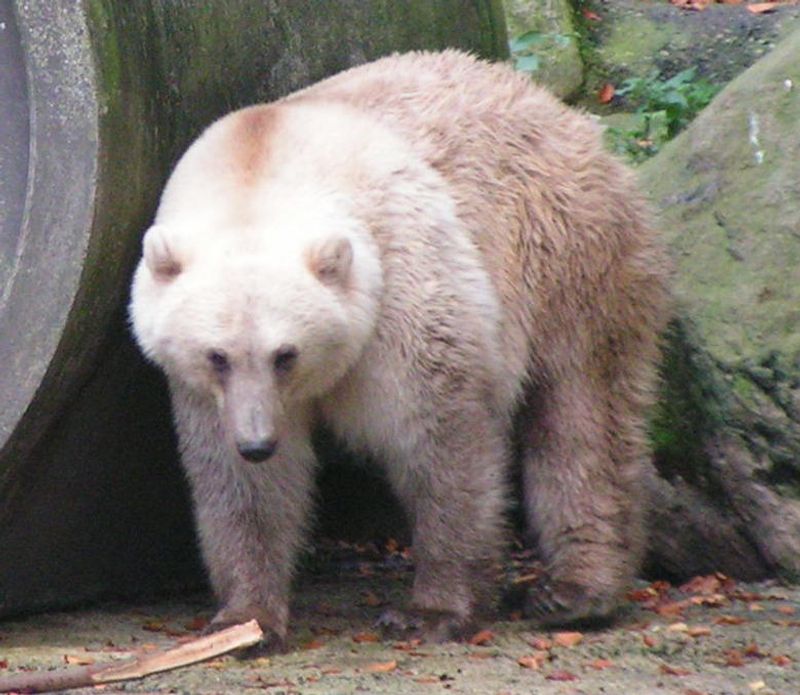
The pizzly bear, like the grolar bear, results from the interbreeding of polar and grizzly bears. These hybrids are primarily found in areas where climate change has altered traditional habitats.
Pizzlies possess a mix of characteristics, such as the long snout of a polar bear and the robust build of a grizzly. Their emergence is a testament to the adaptability of wildlife in response to environmental changes.
This hybrid serves as a reminder of the interconnectedness of ecosystems and the impact of global warming.
Geep
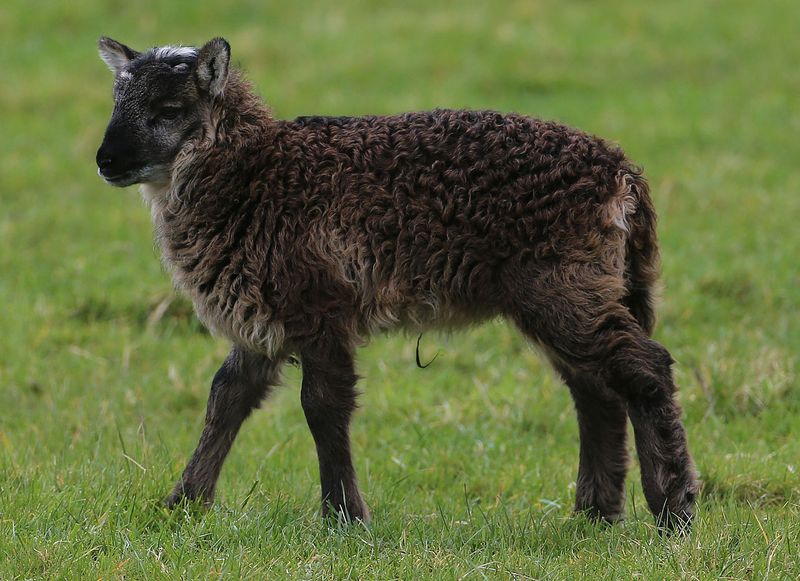
The geep, a hybrid of a goat and a sheep, is a charming example of crossbreeding. These animals combine the agility of goats with the wool-producing abilities of sheep.
Geep births are rare and often occur in managed breeding settings. Their unique genetic makeup can result in a wide variety of physical traits, from wool thickness to horn shape.
Geep represent the curious blend of two domesticated animals, showcasing the possibilities and challenges of hybridization.
Leopon
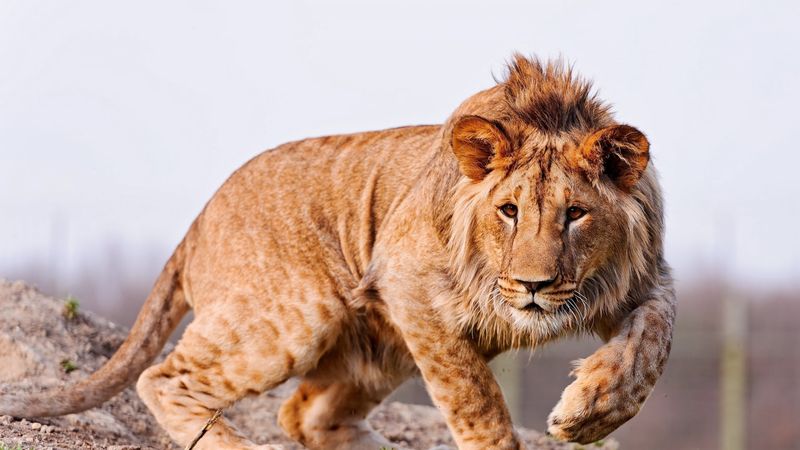
The leopon, a hybrid of a leopard and a lion, is a captivating creature with a unique blend of features from both parents. Leopons are typically bred in captivity and are not found in the wild.
These hybrids exhibit the leopard’s agility and the lion’s social tendencies, making them fascinating subjects for study. Their striking appearance includes a mix of spots and a partial mane.
Leopons highlight the complex dynamics of hybrid animals and the influence of human intervention in their creation.
Jaglion
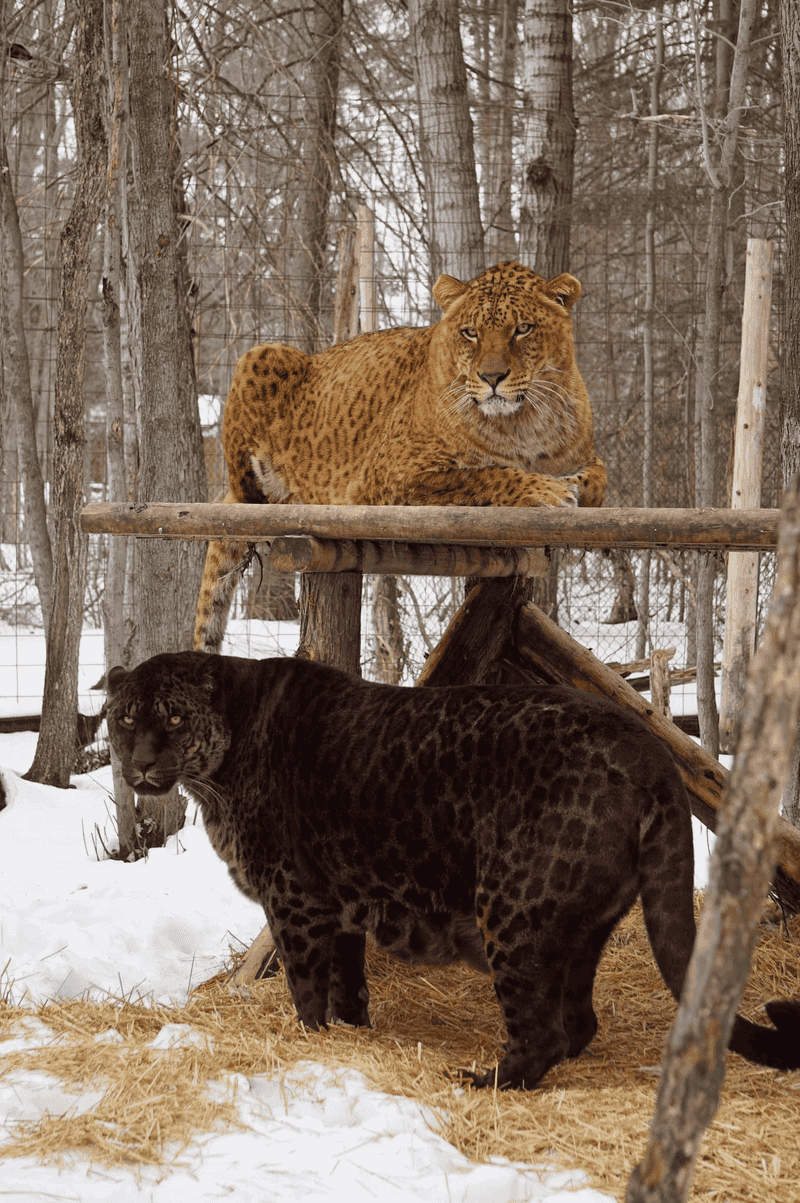
The jaglion, a rare hybrid of a jaguar and a lion, combines the formidable presence of both big cats. Bred in captivity, jaglions are not found in the wild, making them unique subjects of interest.
These hybrids inherit the jaguar’s powerful build and the lion’s social instincts. Their appearance is a striking blend of the jaguar’s rosettes and the lion’s mane.
Jaglions exemplify the intriguing possibilities of hybridization and the ethical considerations surrounding such practices.
Beefalo
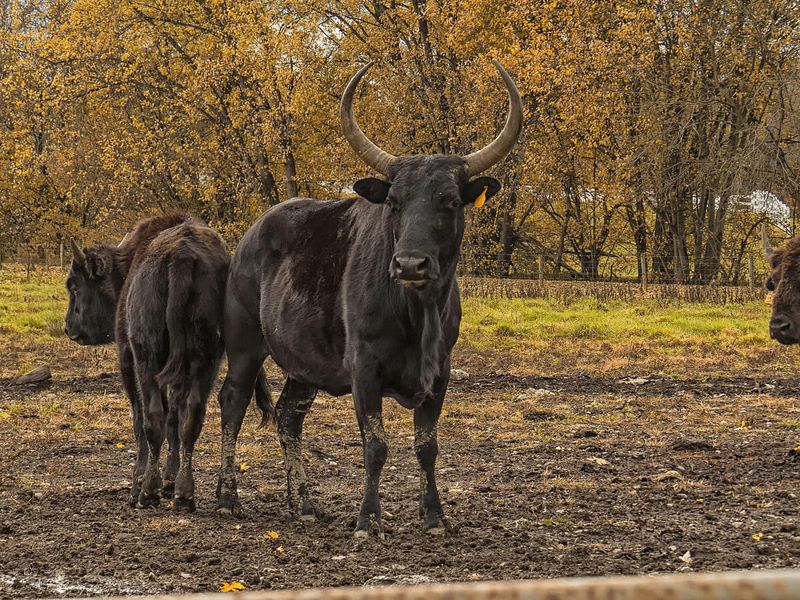
The beefalo, a hybrid of bison and domestic cattle, combines the hardiness of bison with the docility of cattle. These hybrids were developed to enhance meat production while retaining certain bison traits.
Beefalos are typically more robust and adaptable than standard cattle, making them suitable for various climates. Their creation is driven by agricultural interests and reflects human influence on animal breeding.
This hybrid represents the intersection of industry and nature, blending characteristics for specific purposes.
Wholphin
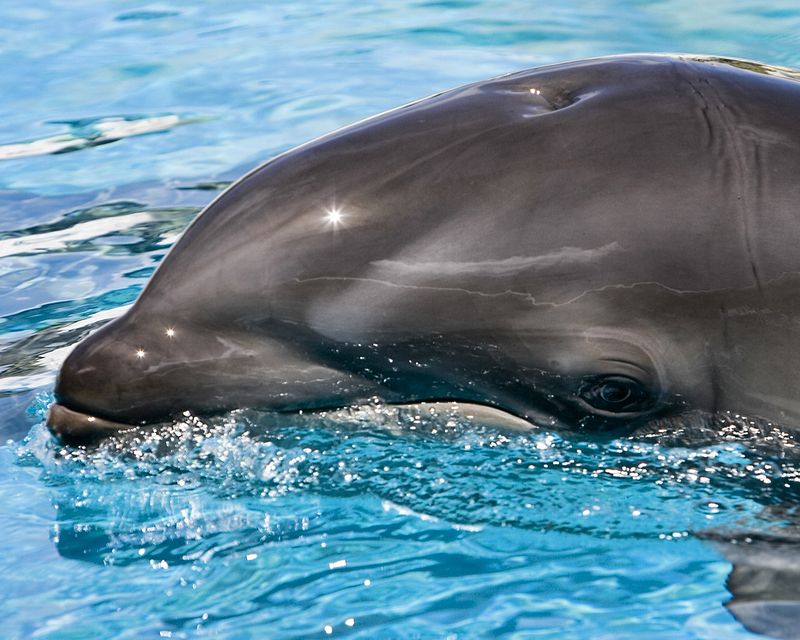
The wholphin, a rare marine hybrid of a false killer whale and a bottlenose dolphin, is a fascinating blend of these two species. Found in captivity, wholphins are a product of chance and circumstance.
These hybrids exhibit a mix of traits, such as the whale’s size and the dolphin’s playful nature. Their existence highlights the complexities of marine life and the unexpected results of interspecies interactions.
Wholphins captivate with their unique combination of features and boundless energy.
Blood Parrot Cichlid
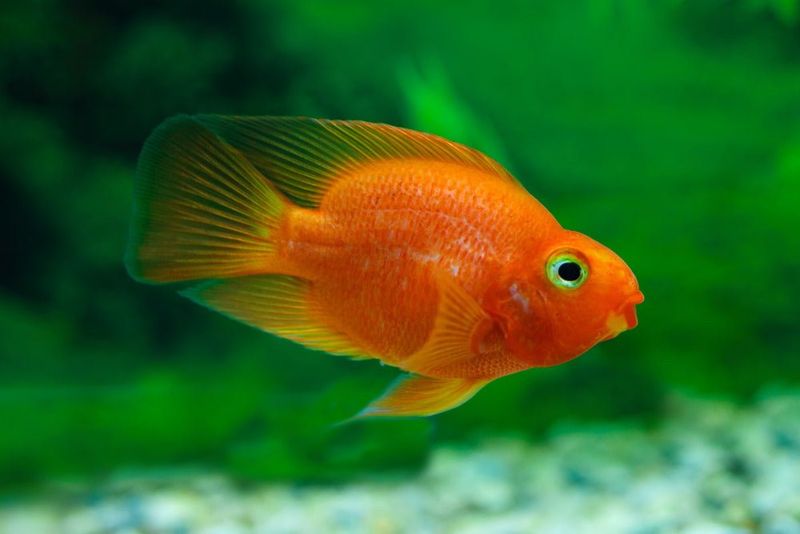
The blood parrot cichlid, a man-made hybrid fish, is known for its vibrant colors and distinct, rounded body shape. Created by crossing various cichlid species, these fish are popular in the aquarium trade.
Their appearance is striking, with vivid hues and exaggerated features, though they face health challenges due to their hybrid nature. The blood parrot cichlid’s creation raises questions about the ethics of selective breeding.
These fish illustrate the intersection of aesthetics and biology in the pet industry.
Galápagos Pink Iguana

Discovered only in the 1980s, the Galápagos pink iguana is a striking reptile with a unique hue. Found on Isabela Island’s Wolf Volcano, these iguanas have become a symbol of the archipelago’s biodiversity.
Their pink coloration sets them apart from other iguana species and adds to their allure. Threatened by habitat loss and invasive species, conservation efforts are crucial for their survival.
This iguana exemplifies the delicate balance of island ecosystems and the importance of preservation.
Golden-Crowned Flying Fox
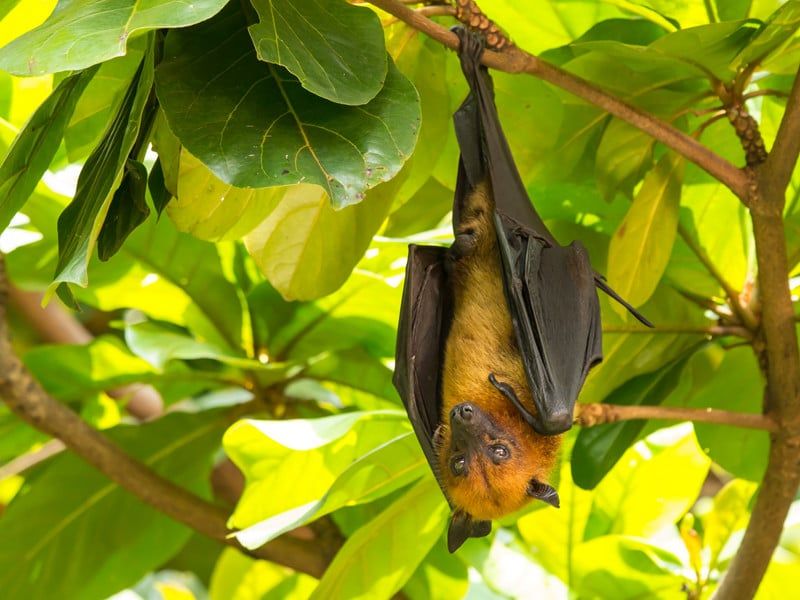
The golden-crowned flying fox, discovered in the Philippines, is one of the largest bat species. Known for its striking golden fur and expansive wings, this fruit bat relies on forest habitats for survival.
The species faces threats from deforestation and hunting, highlighting the need for conservation. Its nocturnal habits and social behavior make it a fascinating subject for study.
This majestic bat underscores the richness of Southeast Asian biodiversity and the challenges of conservation in the region.
Quagga Mussel

The Quagga Mussel, a freshwater mollusk, has become a notorious invasive species in various parts of the world. Originally from Eastern Europe, these mussels have spread rapidly since their introduction to new environments.
Quagga Mussels are known for their ability to outcompete native species and cause significant ecological and economic damage by clogging water pipes and altering ecosystems.
Remember this: The Quagga Mussel first appeared in the Great Lakes in the 1980s, and their proliferation continues to challenge local wildlife management efforts.

